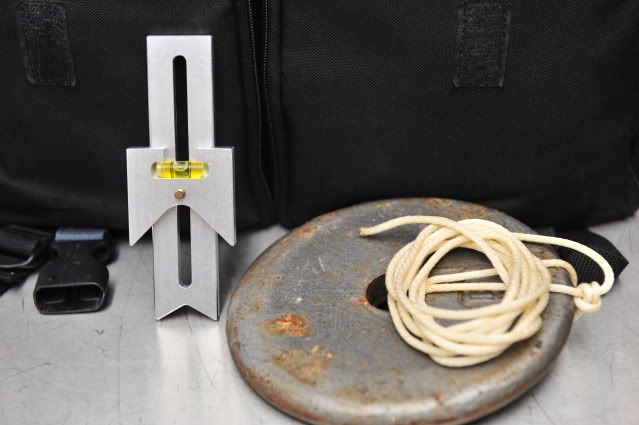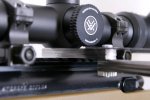Good thread here, and great info. Another easy way that I use is if you purchase good quality Picatinny rails level your rifle on a Bipod and bags or a vise then, you can use a set of feeler gauges, slide it into one of the grooves of the pic rail under the flat spot of the scope after its lightly mounted in the rings, tilt the gauge up towards the bottom of the scope and make it completely flush with the bottom side of the scope. Note** by flush I dontmean you can turn a feeler gauge completely straight up and down under your scope, it will be slanted but if you look at a light on the other side of the junction of the gauge and the scope there should be 0 light visible as the bottom of the scope and gauge are perfectly mated. Then torque it down to spec, recheck, then your done. Quick, easy, always worked and been a trick I have used for years.
And just to cover my tail you have to, HAVE to use quality equipment or this will not work. My gauges were made on a CNC at a machine shop in my town so I know they are 100% true. You don't have to go as far as I did but I'm a pessimist about my tools lol



